Home>Storage & Organization>Kitchen Organizing Tools>How Do I Get My Cat To Stop Playing In The Litter Box


Kitchen Organizing Tools
How Do I Get My Cat To Stop Playing In The Litter Box
Published: February 23, 2024
Discover effective kitchen organizing tools to keep your cat from playing in the litter box. Find solutions to prevent unwanted behavior and maintain a tidy living space. Unlock practical tips now!
(Many of the links in this article redirect to a specific reviewed product. Your purchase of these products through affiliate links helps to generate commission for Storables.com, at no extra cost. Learn more)
Introduction
Dealing with a cat that constantly plays in the litter box can be a frustrating and perplexing experience for many pet owners. Not only can this behavior lead to a messy living environment, but it may also indicate underlying issues that need to be addressed. As a concerned cat parent, it's essential to understand the reasons behind this behavior and explore effective strategies to encourage your feline friend to engage in more appropriate activities. By gaining insights into your cat's behavior and implementing practical solutions, you can create a harmonious living space for both you and your beloved pet. Let's delve into the intricacies of this common feline behavior and discover the steps you can take to address it effectively.
Key Takeaways:
- Cats play in the litter box due to curiosity, territorial instincts, and stress. Provide alternative toys and keep the litter box area unappealing to redirect their behavior effectively.
- Seeking veterinary advice is crucial to rule out medical issues and receive personalized recommendations for managing the litter box and addressing the cat’s behavior.
Understanding the Behavior
Understanding the behavior of a cat playing in the litter box is crucial for addressing this issue effectively. Cats are naturally curious and playful creatures, and their inclination to explore their surroundings is deeply ingrained. When a cat engages in play within the litter box, it may not necessarily indicate a mischievous intent. Instead, this behavior often stems from a combination of instinctual tendencies and environmental factors.
One of the primary reasons behind a cat's penchant for playing in the litter box is their innate curiosity. Cats are known for their inquisitive nature, and the texture and consistency of the litter may pique their interest. The sensation of digging and pawing at the litter can be inherently stimulating for cats, leading them to view the litter box as an enticing playground.
Furthermore, the litter box serves as a territory marker for cats. By engaging in playful activities within this space, they are reaffirming their ownership and establishing a sense of security. This behavior is deeply rooted in their instinctual need to mark their territory and create a familiar, comforting environment.
In some cases, a cat playing in the litter box may also be exhibiting signs of stress or anxiety. Changes in the household, such as the introduction of a new pet, relocation, or disruptions to their routine, can trigger stress-related behaviors in cats. Playing in the litter box may serve as a coping mechanism for cats experiencing heightened anxiety, providing them with a temporary outlet for their emotions.
Understanding the underlying reasons for this behavior is essential for devising an effective strategy to address it. By recognizing the innate curiosity, territorial instincts, and potential stressors that contribute to a cat's inclination to play in the litter box, pet owners can approach this issue with empathy and insight. With this understanding in mind, it becomes possible to implement targeted solutions that cater to the specific needs and behaviors of the feline companion.
By gaining a deeper understanding of the motivations driving this behavior, pet owners can take proactive steps to address the root causes and create a more conducive environment for their beloved feline friend. Through patience, observation, and informed intervention, it is possible to guide the cat towards more appropriate and fulfilling activities, fostering a harmonious coexistence within the household.
Providing Alternative Play Options
Understanding the innate playfulness of cats is pivotal in redirecting their behavior away from the litter box. By providing alternative play options, pet owners can effectively channel their feline companion's energy and curiosity towards more suitable activities. Introducing a diverse range of engaging and interactive toys can captivate the cat's interest and offer a constructive outlet for their playful instincts.
One approach to providing alternative play options involves incorporating interactive toys that stimulate the cat's natural hunting and pouncing behaviors. Toys such as feather wands, laser pointers, and interactive puzzle feeders can entice the cat to engage in mentally and physically stimulating activities. These toys not only cater to the cat's instinctual drive to hunt and capture prey but also provide an opportunity for bonding and interactive play between the cat and its human companions.
Furthermore, incorporating vertical spaces and climbing structures within the living environment can offer cats an enriching and dynamic play area. Cat trees, shelves, and perches provide elevated vantage points for the cat to observe its surroundings and indulge in climbing, jumping, and exploring. These vertical spaces not only cater to the cat's natural inclination to seek elevated vantage points but also promote physical activity and mental stimulation, thereby diverting their attention from the litter box.
In addition to interactive toys and vertical spaces, rotational toy offerings can prevent boredom and maintain the cat's engagement. Introducing a variety of toys and regularly rotating them can prevent the cat from losing interest in their playthings. This approach ensures that the cat is consistently presented with novel and stimulating play options, reducing the likelihood of seeking entertainment within the litter box.
Moreover, engaging in interactive play sessions with the cat can strengthen the human-feline bond while providing an outlet for the cat's playful energy. Dedicate regular playtime sessions to interact with the cat using toys that encourage physical activity and mental engagement. This not only redirects the cat's focus away from the litter box but also fosters a deeper connection between the pet owner and their feline companion.
By providing alternative play options that cater to the cat's natural instincts and playful inclinations, pet owners can effectively steer their feline companions away from the litter box. Through a thoughtful and diverse approach to play enrichment, pet owners can create a stimulating and engaging environment that promotes positive and fulfilling play behaviors, ultimately fostering a harmonious coexistence between the cat and its human family.
Try providing more engaging toys and activities for your cat to play with, to redirect their attention away from the litter box. Additionally, make sure the litter box is clean and in a quiet, accessible location.
Keeping the Litter Box Area Unappealing
Creating an unappealing environment around the litter box can effectively deter a cat from engaging in playful activities within this space. By implementing strategic measures to make the litter box area less enticing, pet owners can discourage their feline companions from viewing it as a recreational zone. This approach involves addressing the sensory and environmental aspects of the litter box area to dissuade the cat from exhibiting undesirable behaviors.
One effective strategy to make the litter box area unappealing is to consider the type of litter being used. Cats have distinct preferences when it comes to litter texture and scent. Experimenting with different litter options, such as unscented clumping litter or natural alternatives like pine or wheat-based litter, can help identify a type that is less appealing for play. Additionally, maintaining an appropriate litter depth can minimize the opportunity for cats to engage in digging and playful behavior within the box.
Strategic placement of the litter box can also contribute to making the area less inviting for play. Positioning the litter box in a well-lit and frequently trafficked area can dissuade cats from viewing it as a secluded playground. Cats often prefer privacy when using the litter box, and by selecting a location that offers a balance between accessibility and visibility, pet owners can discourage playful activities while ensuring the cat feels comfortable using the box for its intended purpose.
Furthermore, incorporating deterrents in the vicinity of the litter box can discourage playful behavior. Placing double-sided tape or aluminum foil around the perimeter of the litter box can create an unpleasant tactile experience for the cat, deterring them from engaging in playful digging and pawing. Additionally, utilizing motion-activated deterrent devices that emit a harmless burst of air or sound when the cat approaches the litter box area can effectively discourage unwanted behaviors.
Regular cleaning and maintenance of the litter box area are essential for creating an unappealing environment. Cats are known for their fastidious nature, and a clean litter box is more likely to be viewed as a designated elimination area rather than a recreational space. By adhering to a consistent cleaning schedule and promptly removing waste, pet owners can uphold a hygienic and uninviting environment around the litter box.
By implementing these measures, pet owners can effectively make the litter box area less appealing for playful activities, encouraging the cat to seek alternative outlets for their energy and curiosity. Through a thoughtful and proactive approach to environmental management, pet owners can create a conducive living space that promotes positive feline behaviors and strengthens the bond between the cat and its human family.
Seeking Veterinary Advice
Seeking veterinary advice is paramount when dealing with a cat that exhibits persistent or concerning behaviors, such as playing in the litter box. While proactive measures can be implemented at home to address this issue, consulting a veterinarian is essential to rule out any underlying medical conditions that may be contributing to the behavior.
Upon observing a cat's repeated engagement in playful activities within the litter box, pet owners should schedule a thorough veterinary examination to assess the cat's physical health and well-being. The veterinarian will conduct a comprehensive evaluation to identify any potential medical issues that could be influencing the cat's behavior. This may include a physical examination, urinalysis, and possibly other diagnostic tests to rule out urinary tract infections, gastrointestinal issues, or other health concerns that could be contributing to the behavior.
In addition to physical health assessments, veterinarians can provide valuable insights into the behavioral and psychological aspects of a cat's actions. They can offer guidance on understanding feline behavior, stress management, and environmental enrichment strategies tailored to the specific needs of the cat. By seeking veterinary advice, pet owners can gain a deeper understanding of their cat's behavior and receive expert recommendations for creating a supportive and enriching environment.
Furthermore, veterinarians can offer personalized recommendations for litter box management, including litter type, box placement, and environmental modifications that can help address the cat's behavioral concerns. They can also provide guidance on maintaining a clean and hygienic litter box area, which is crucial for promoting positive litter box habits and discouraging playful behaviors within this space.
In some cases, a veterinarian may recommend consulting with a feline behavior specialist or certified cat behaviorist to further assess and address the cat's behavioral issues. These professionals can offer specialized insights and behavior modification strategies to help redirect the cat's behavior and promote a harmonious relationship between the pet owner and their feline companion.
By seeking veterinary advice, pet owners demonstrate a proactive and compassionate approach to addressing their cat's behavioral concerns. Veterinary professionals play a pivotal role in guiding pet owners through the process of understanding and addressing feline behavior, ultimately contributing to the overall well-being and happiness of the cat within the household.
Frequently Asked Questions about How Do I Get My Cat To Stop Playing In The Litter Box
Was this page helpful?
At Storables.com, we guarantee accurate and reliable information. Our content, validated by Expert Board Contributors, is crafted following stringent Editorial Policies. We're committed to providing you with well-researched, expert-backed insights for all your informational needs.
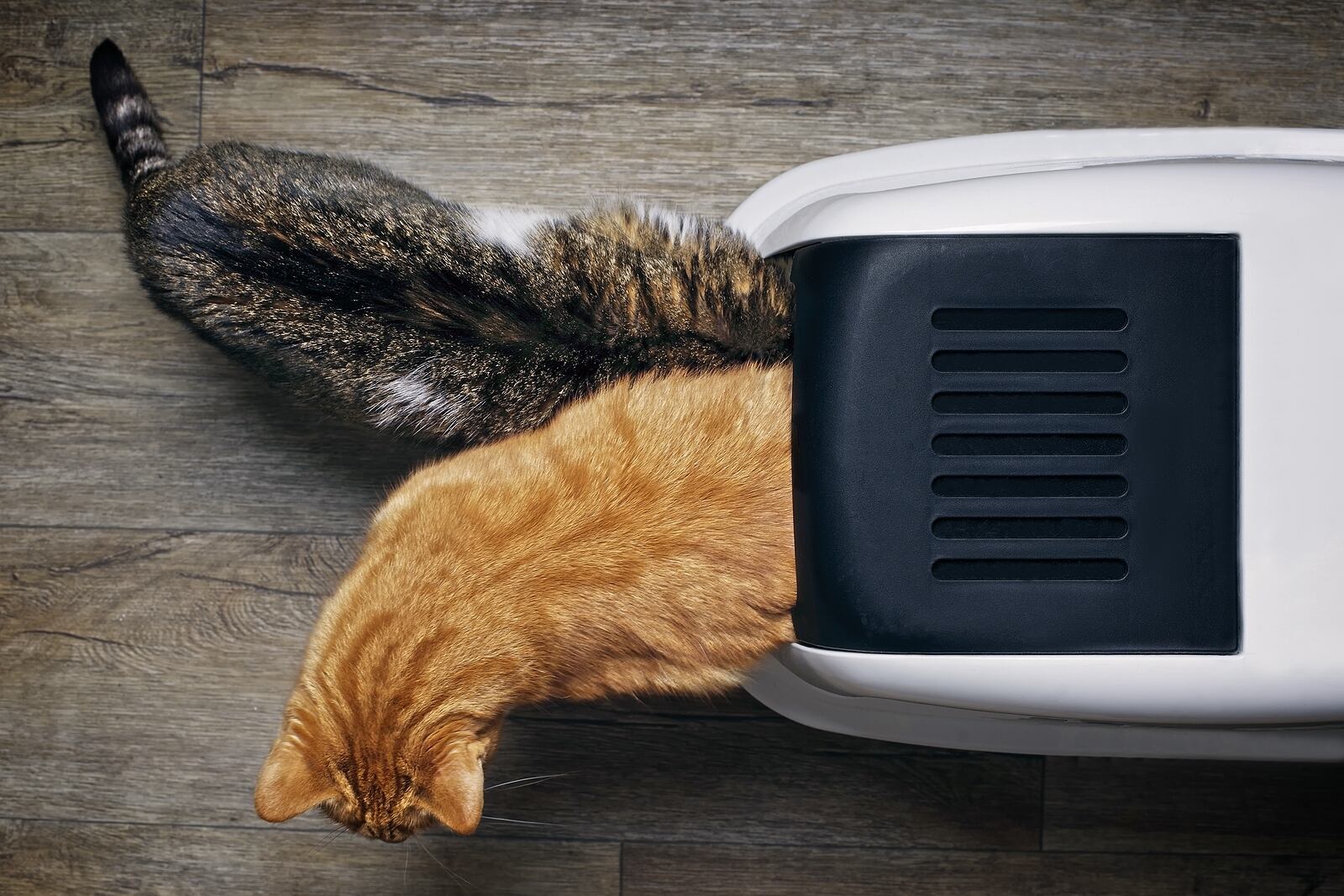
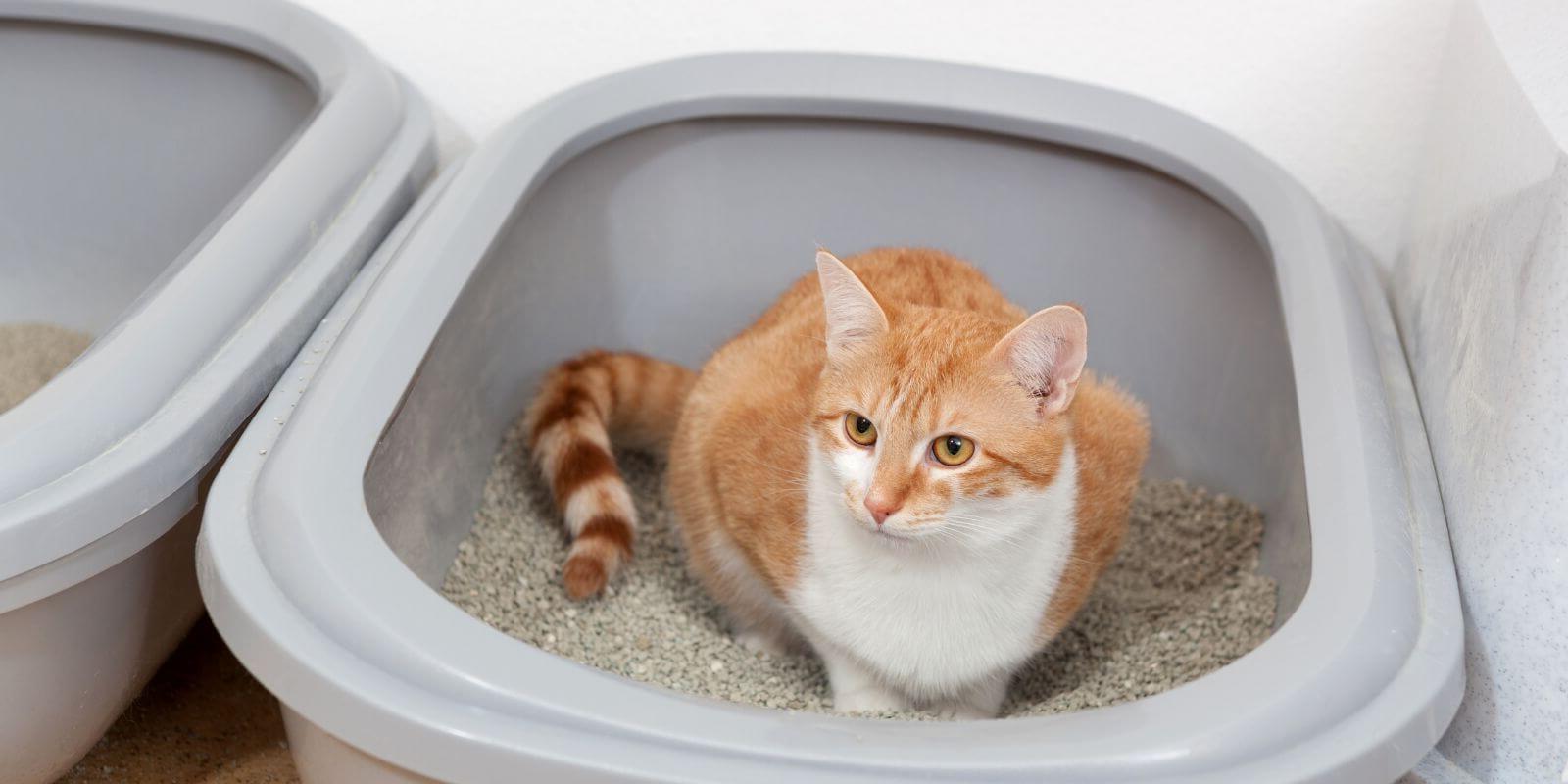
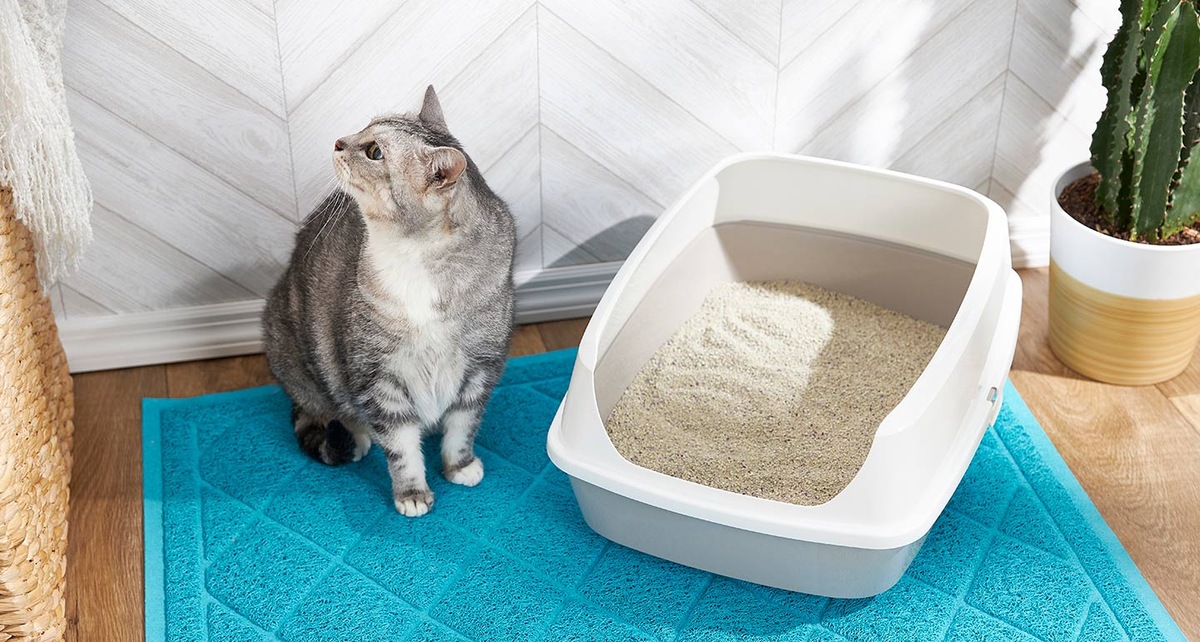
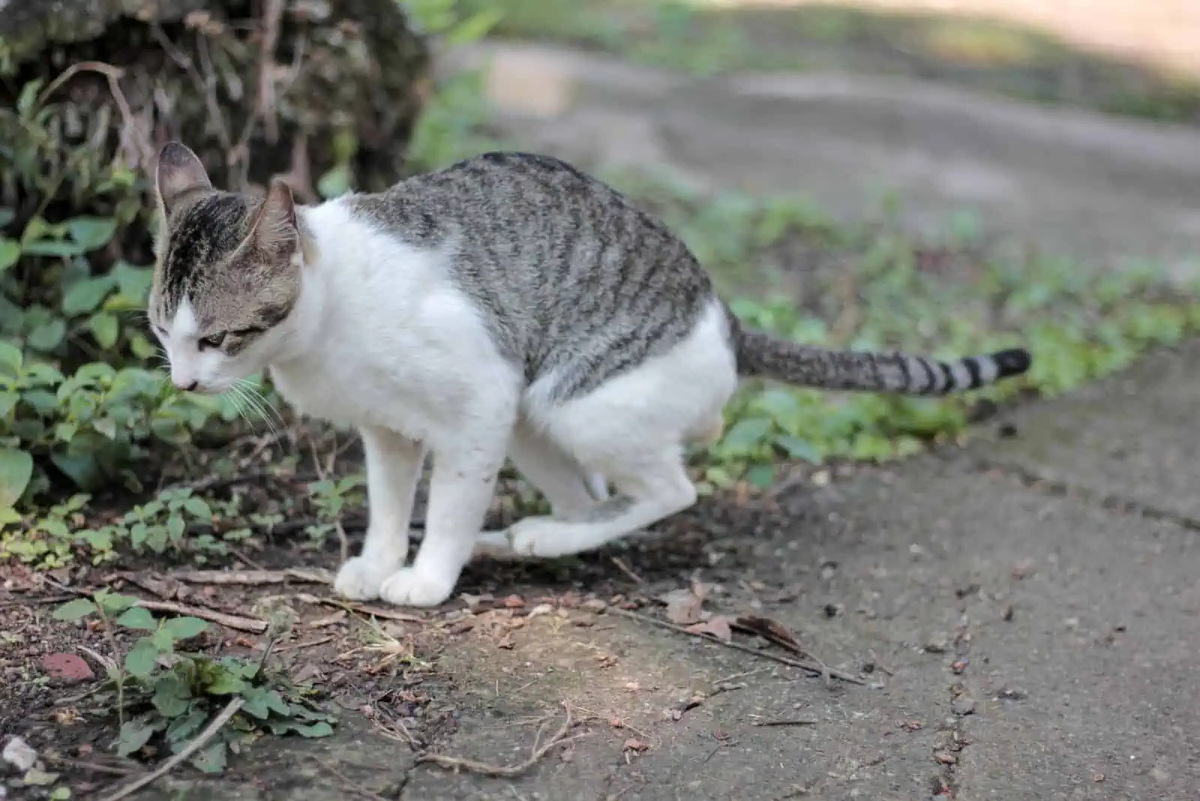
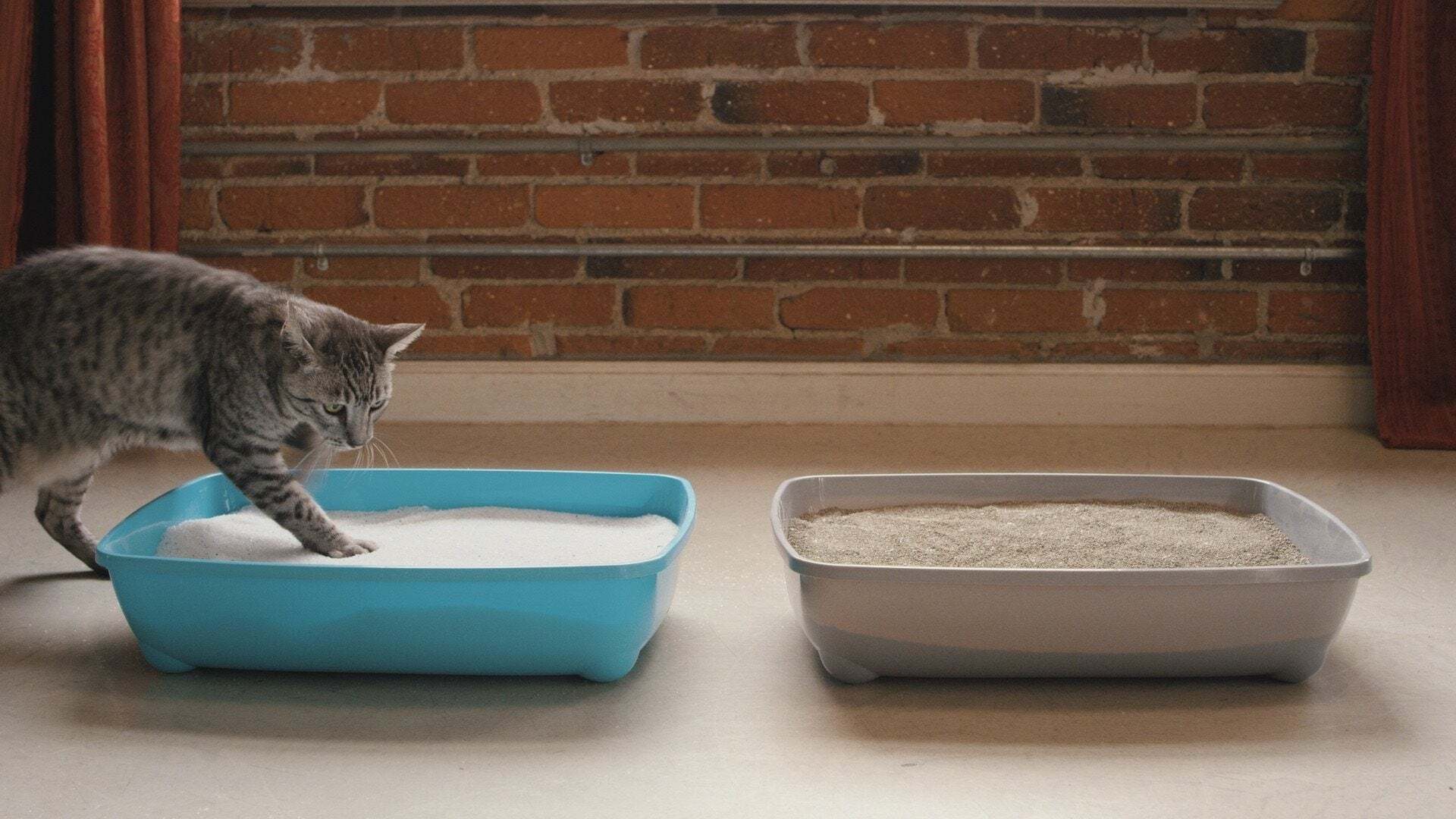
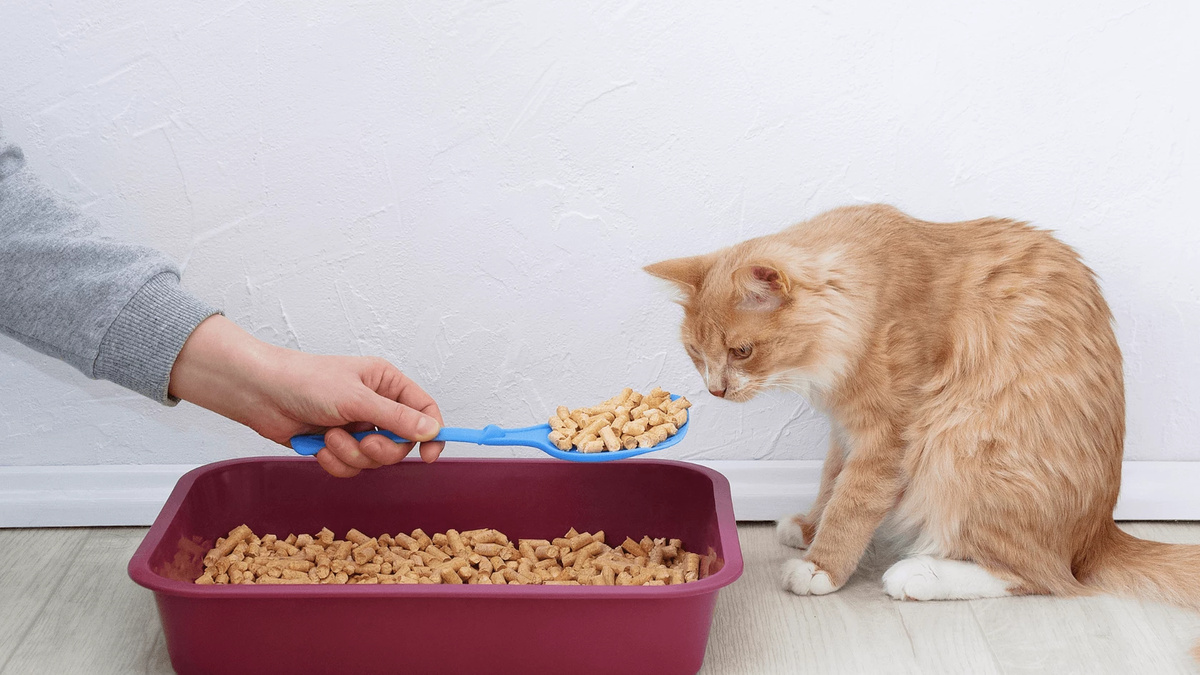
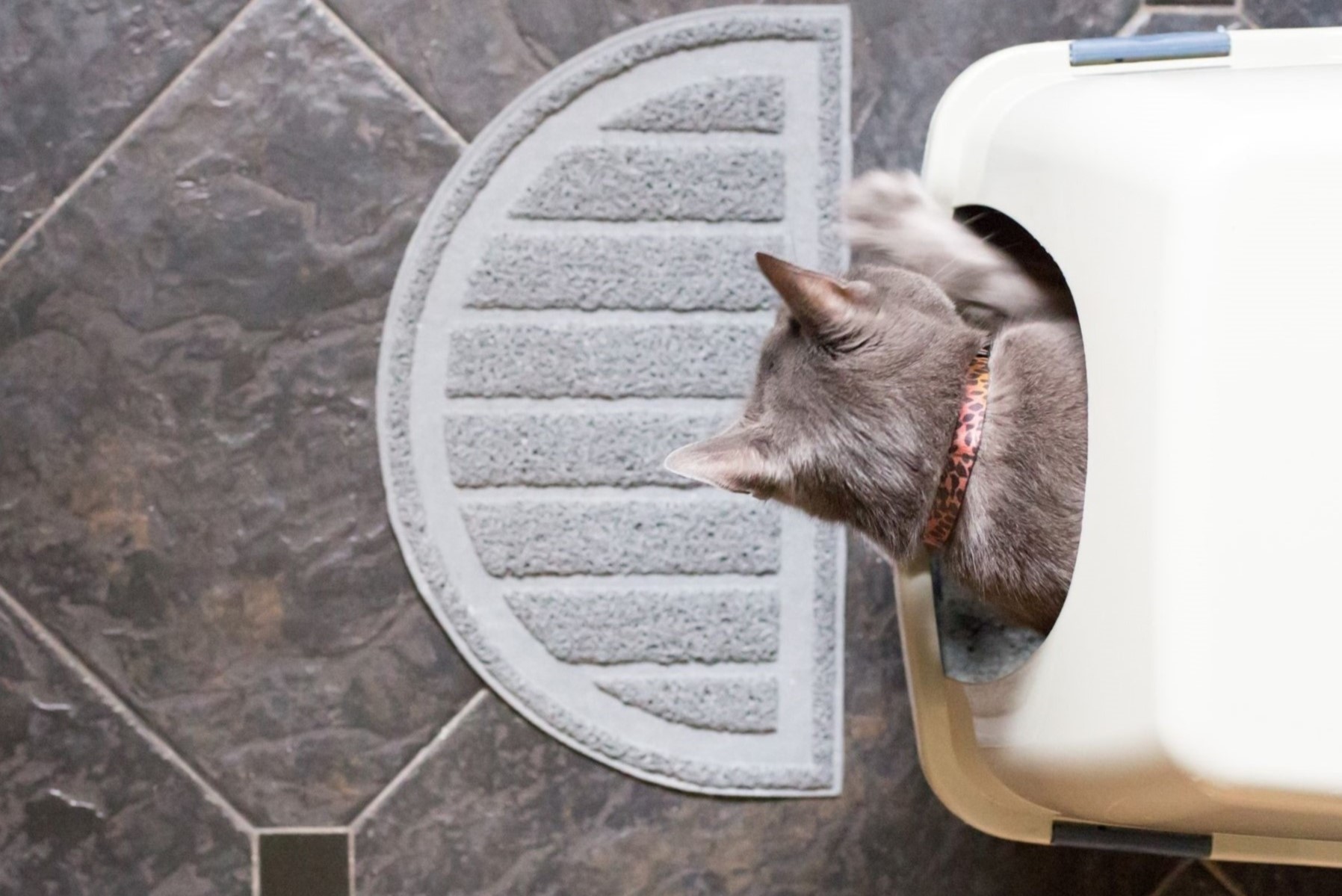
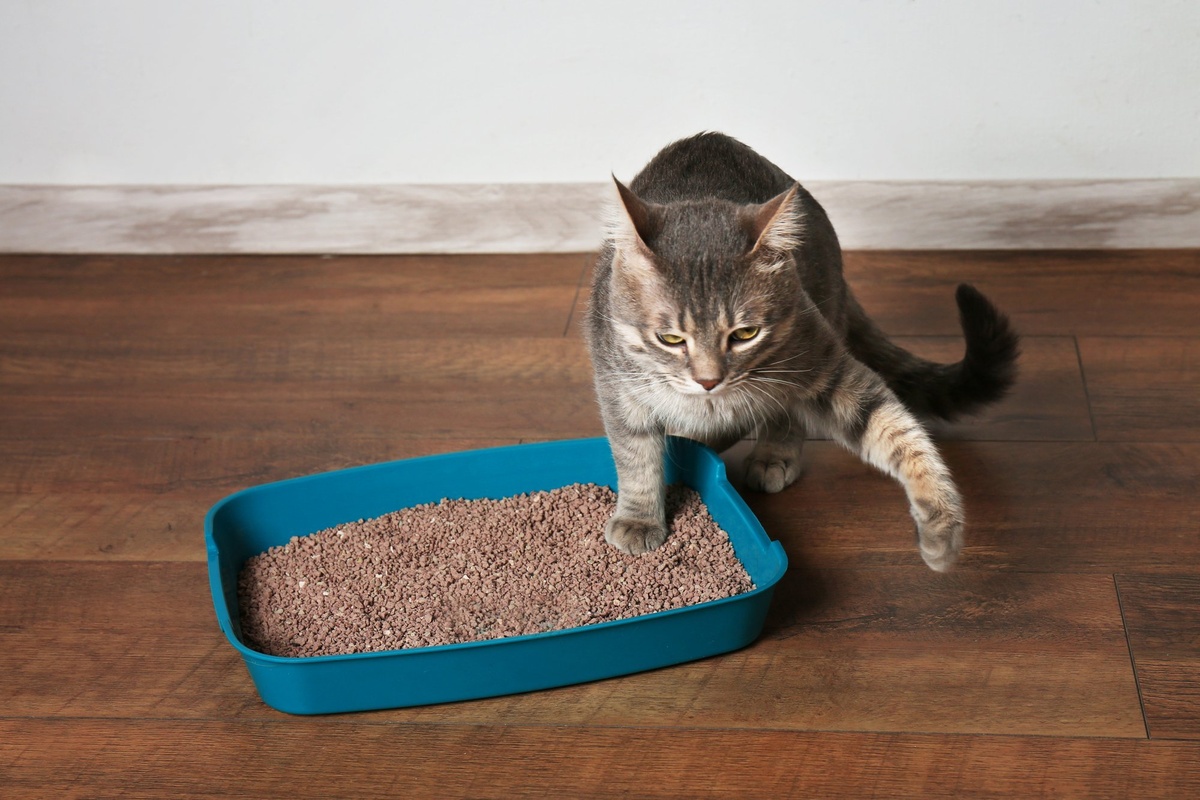
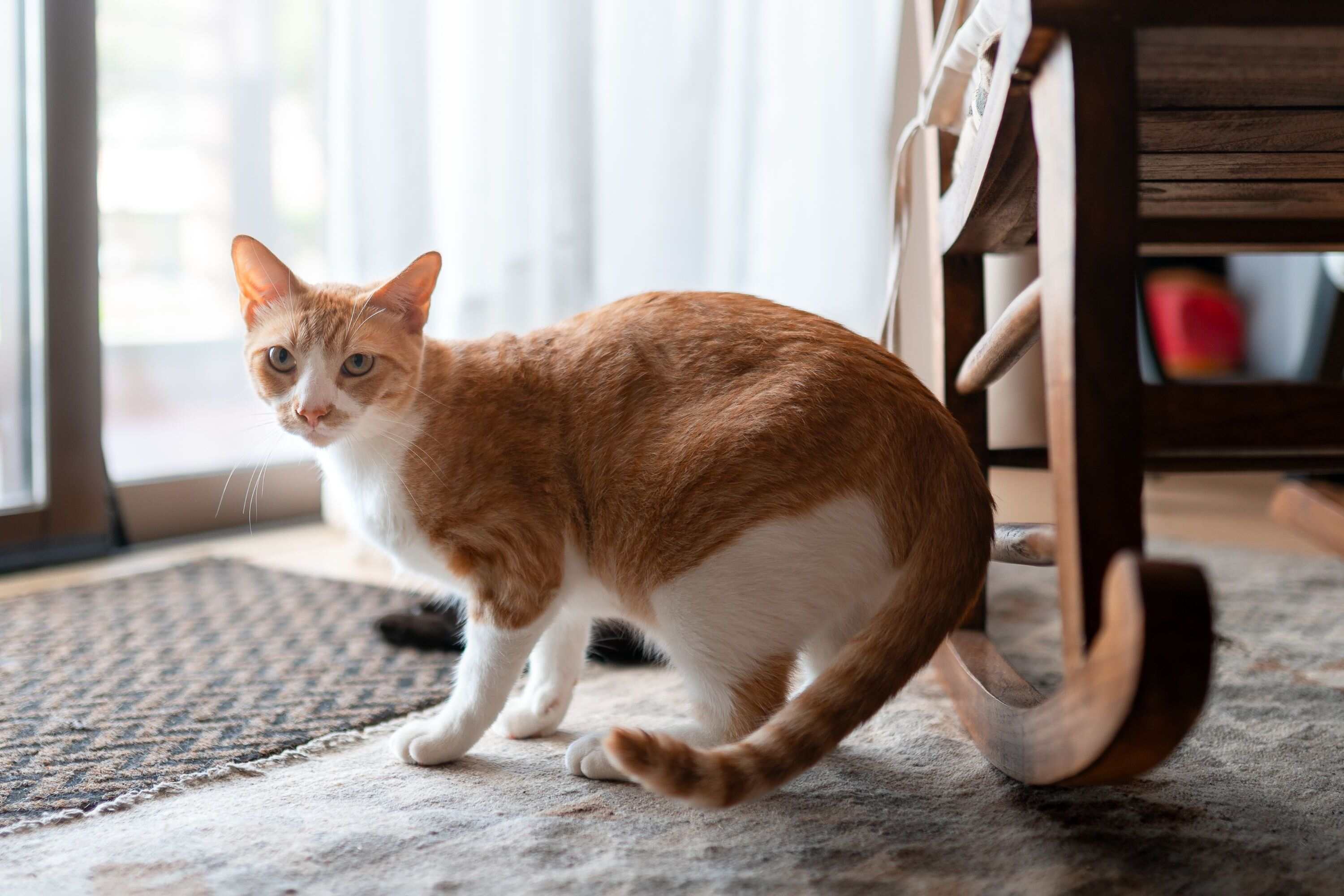
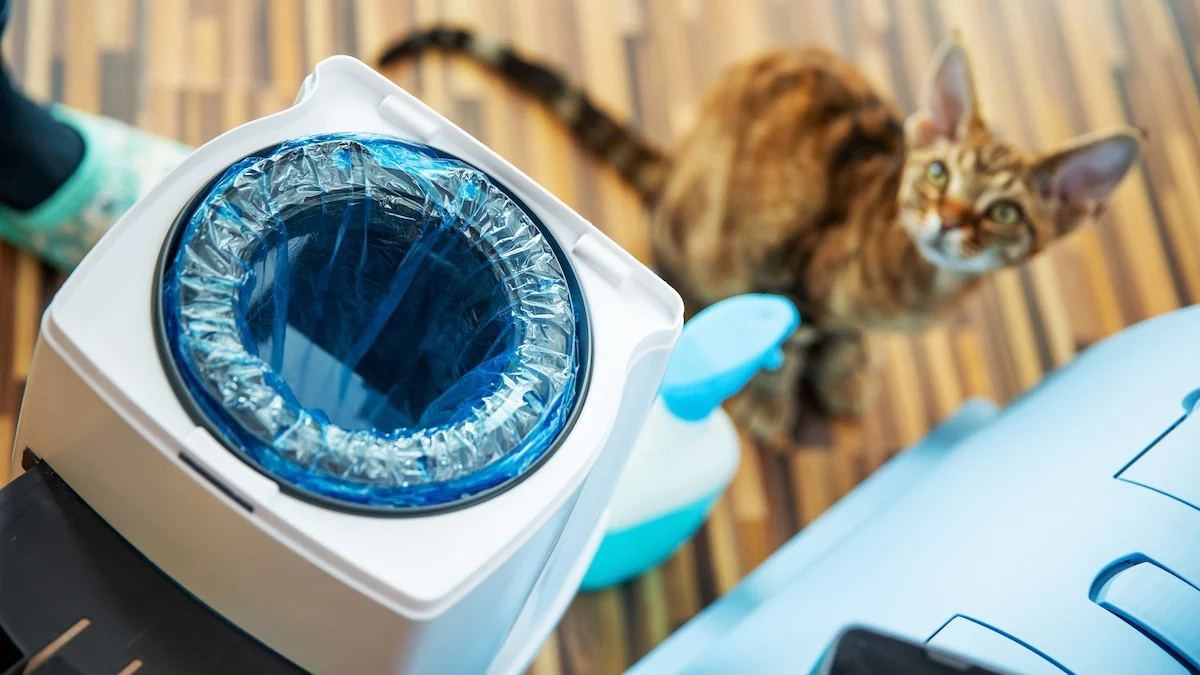
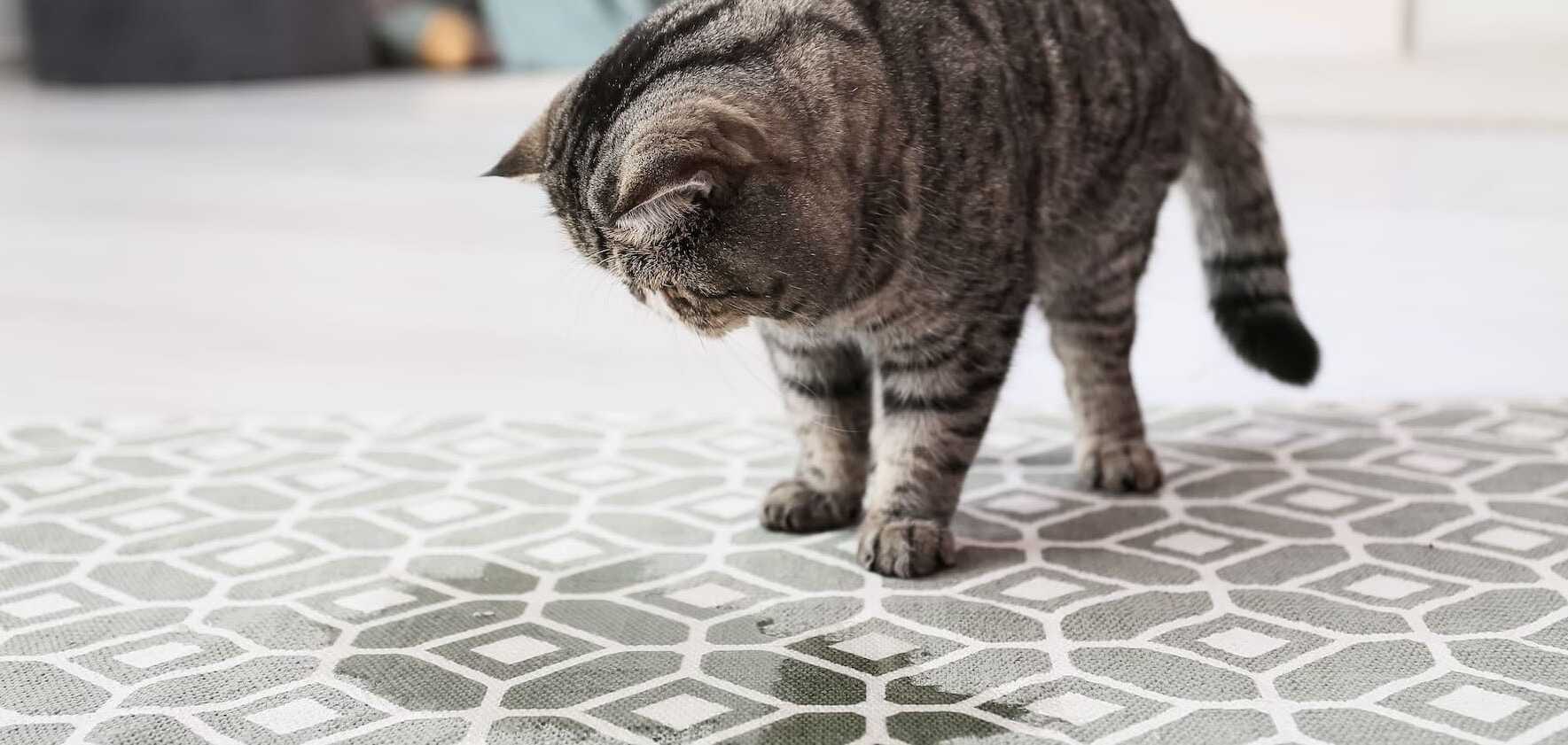
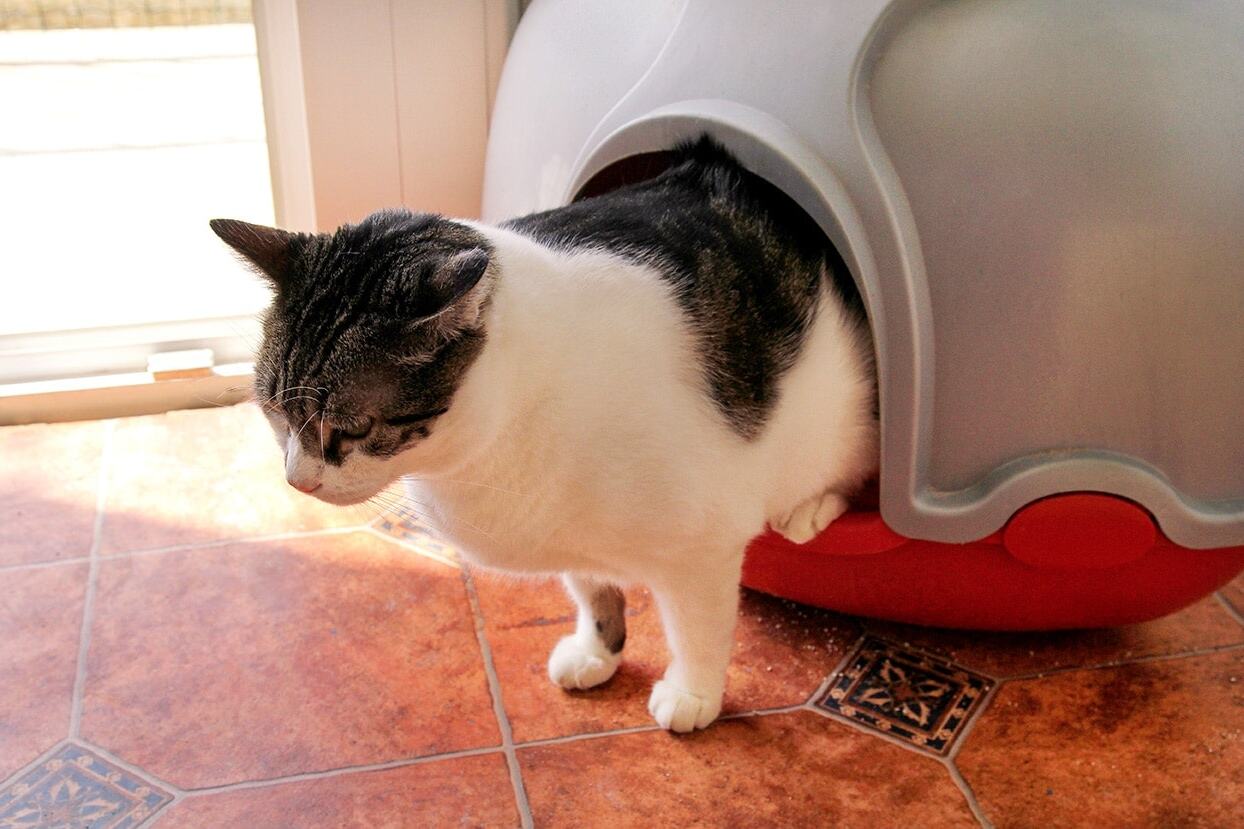
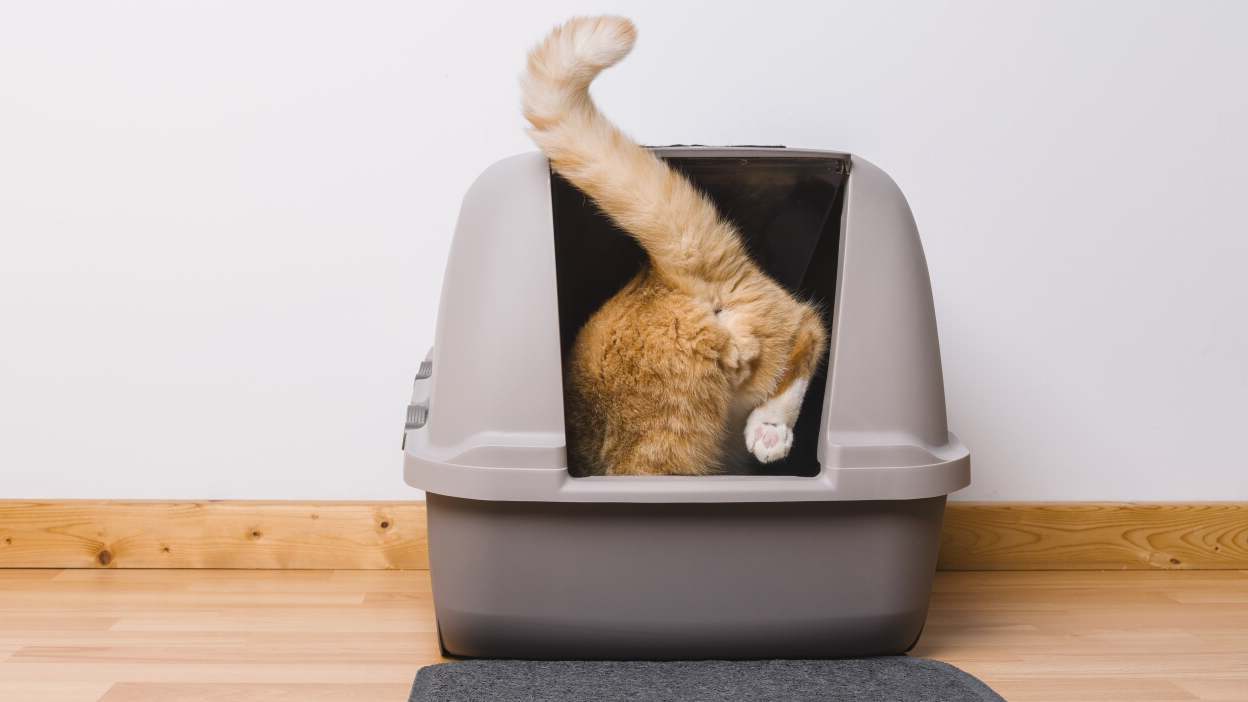
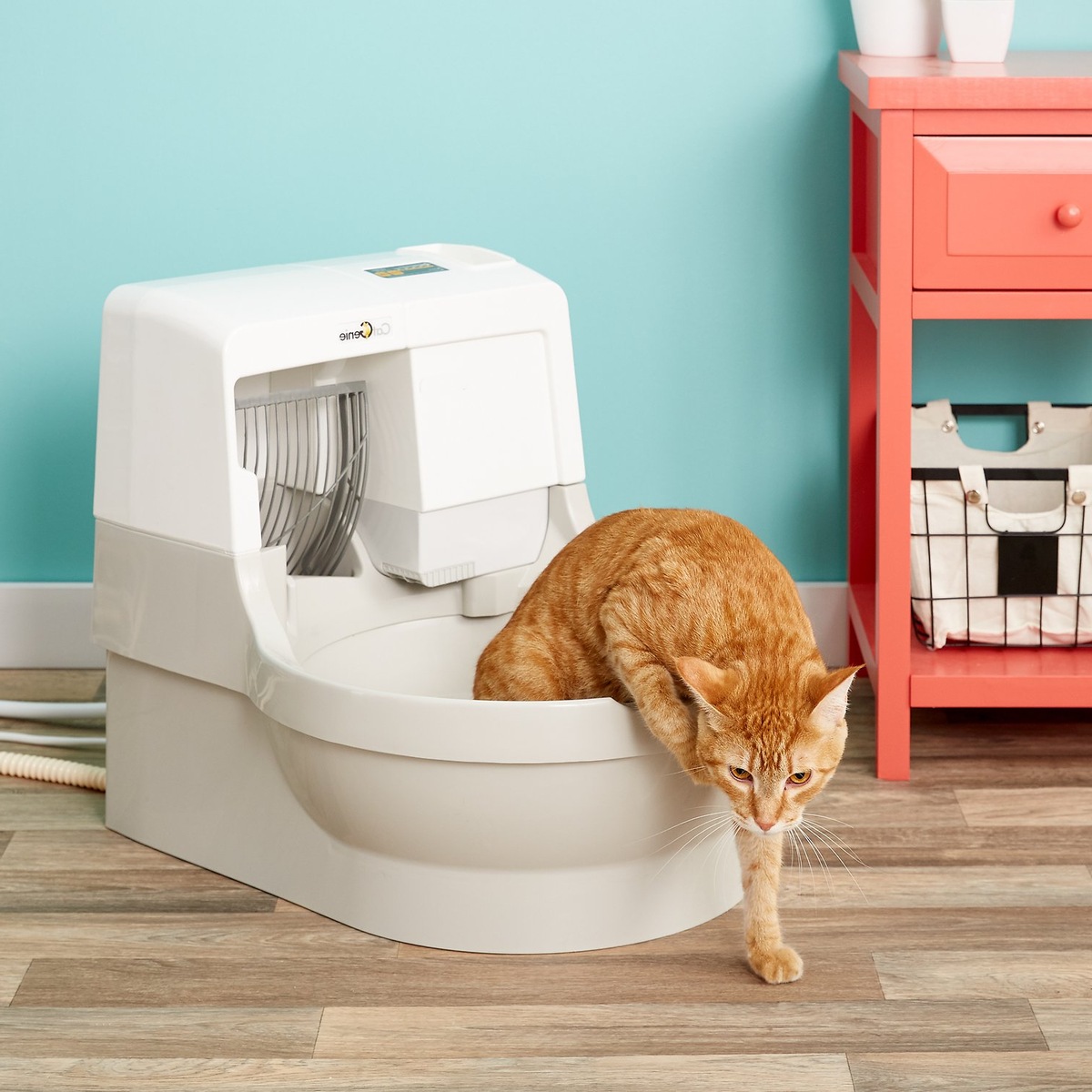
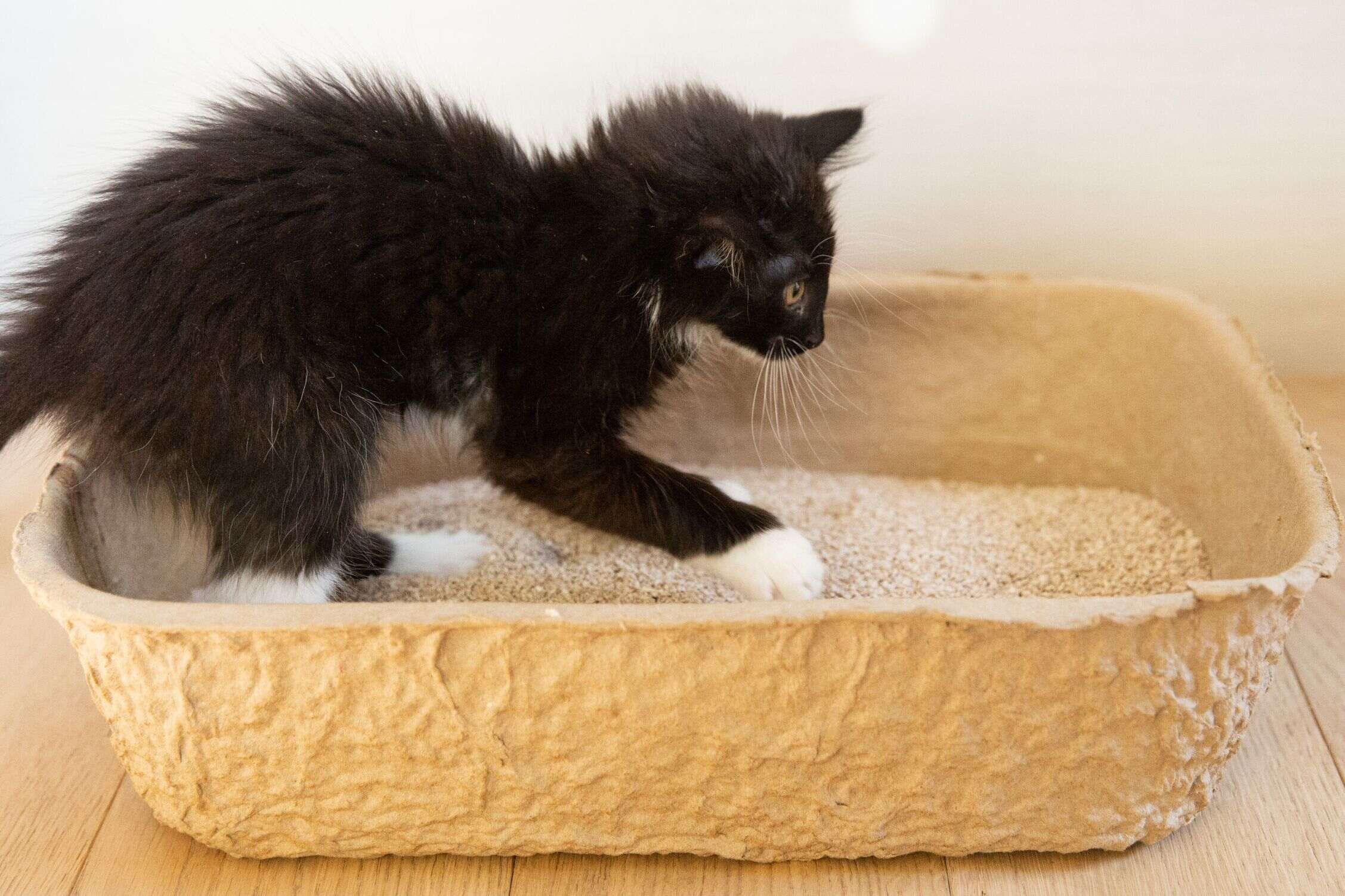

0 thoughts on “How Do I Get My Cat To Stop Playing In The Litter Box”